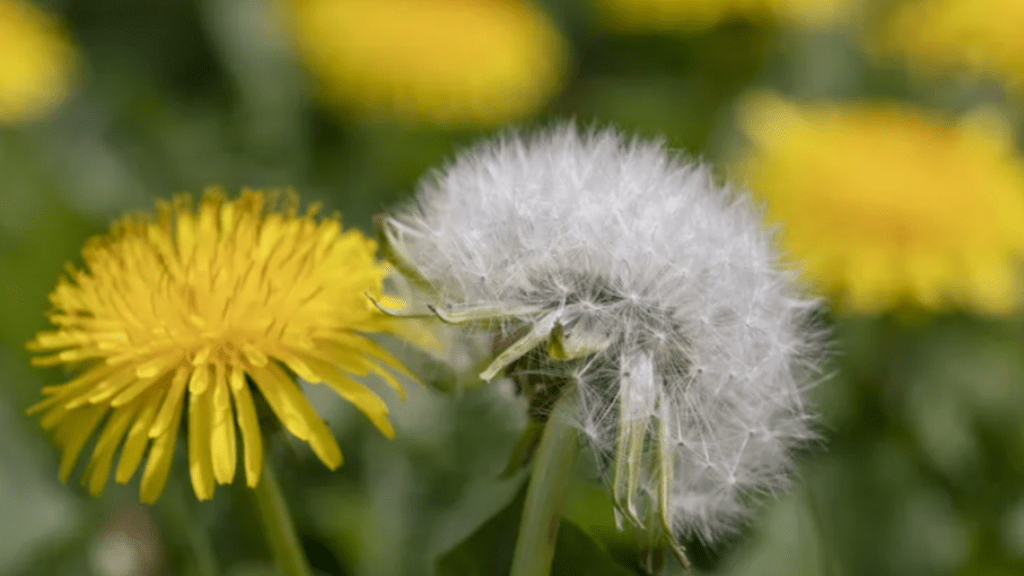
Dandelion Plant Seeds: Benefits, Planting Techniques, and Care
Dandelion plant seeds are a versatile and beneficial addition to any garden. Not only are they easy to grow, but they also offer a variety of health benefits and can be used in a number of culinary dishes. In this post, we’ll explore the many benefits of dandelion plant seeds, as well as the best techniques for planting and caring for them. Whether you’re a seasoned gardener or a beginner, this article will provide you with all the information you need to successfully grow and enjoy dandelion plants in your garden.
Dandelions are often seen as pesky weeds, but they actually have a number of benefits. Dandelion plant seeds are easy to grow and offer a variety of health benefits. They are rich in vitamins and minerals, and have been used for centuries in traditional medicine to treat a range of ailments. In addition to their health benefits, dandelion greens can be used in salads, soups, and teas, making them a versatile addition to any kitchen. When planting dandelion seeds, it’s important to choose a sunny location with well-drained soil. The seeds should be planted in the early spring or fall, and regular watering and weeding are necessary to ensure healthy growth. With the right care, dandelion plants can thrive and provide a valuable addition to your garden and kitchen.
Table of Contents
ToggleUnderstanding Dandelion Plant Seeds
Dandelions are often seen as pesky weeds, but they actually have a number of benefits. Dandelion plant seeds are easy to grow and offer a variety of health benefits. They are rich in vitamins and minerals, and have been used for centuries in traditional medicine to treat a range of ailments. In addition to their health benefits, dandelion greens can be used in salads, soups, and teas, making them a versatile addition to any kitchen. When planting dandelion seeds, it’s important to choose a sunny location with well-drained soil. The seeds should be planted in the early spring or fall, and regular watering and weeding are necessary to ensure healthy growth. With the right care, dandelion plants can thrive and provide a valuable addition to your garden and kitchen.
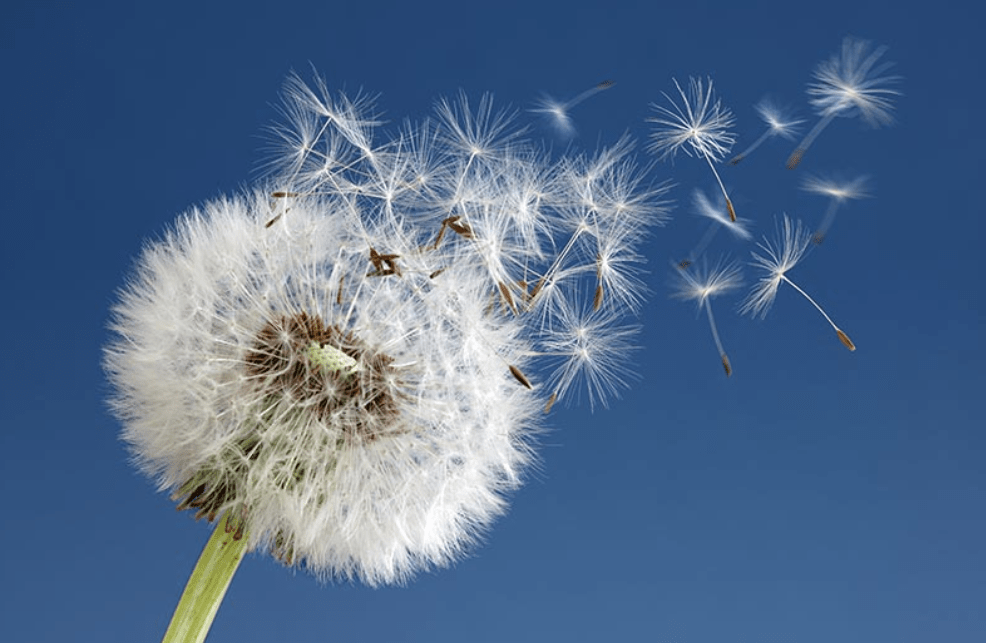
What are Dandelion Plant Seeds?
Dandelion plant seeds are the seeds of the dandelion plant, which is a common weed found in many lawns and gardens. These seeds are easy to grow and have a number of health benefits. They are rich in vitamins and minerals, such as vitamin A, C, and K, as well as iron, calcium, and potassium. Dandelion seeds have been used in traditional medicine for centuries to treat various ailments, including digestive issues, liver problems, and skin conditions. In addition to their health benefits, dandelion greens can be used in salads, soups, and teas, making them a versatile addition to any kitchen. When planting dandelion seeds, it’s important to choose a sunny location with well-drained soil. The seeds should be planted in the early spring or fall, and regular watering and weeding are necessary to ensure healthy growth. With the right care, dandelion plants can thrive and provide a valuable addition to your garden and kitchen.
Benefits of Growing Dandelions from Seeds
Growing dandelions from seeds can be a beneficial addition to your garden. Dandelion plants are easy to grow and have a number of health benefits. They are rich in essential vitamins and minerals such as vitamin A, C, and K, as well as iron, calcium, and potassium. These nutrients can support overall health and well-being. Additionally, dandelion seeds have been used in traditional medicine for centuries to treat various ailments, including digestive issues, liver problems, and skin conditions. In addition to their health benefits, dandelion greens can be used in salads, soups, and teas, making them a versatile addition to any kitchen. When planting dandelion seeds, it’s important to choose a sunny location with well-drained soil and provide regular watering and weeding. With the right care, dandelion plants can thrive and provide a valuable addition to your garden and kitchen.
Selecting Dandelion Plant Seeds
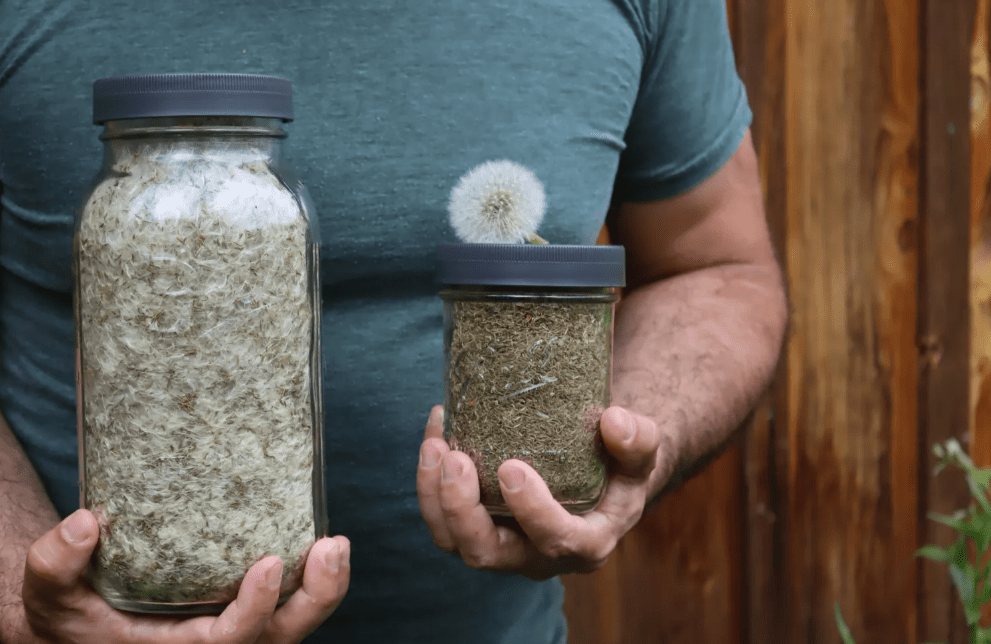
Types of Dandelion Seeds
When selecting dandelion seeds, it’s important to consider the different types available. There are several varieties of dandelion seeds to choose from, each with its own unique characteristics and benefits. Common varieties include the common dandelion (Taraxacum officinale) which has bright yellow flowers and serrated leaves, and the red-seeded dandelion (Taraxacum erythrospermum) which has red-tinged flower buds and dark green leaves. Another popular variety is the Italian dandelion (Cichorium intybus) which has elongated, serrated leaves and a slightly bitter flavor. When selecting dandelion seeds, it’s important to consider the specific characteristics and uses of each variety and choose the one that best suits your needs and preferences. Whether you’re looking to grow dandelions for their health benefits or culinary uses, there is a variety of dandelion seeds to suit your needs.
Where to Buy Dandelion Seeds
You can purchase dandelion seeds from a variety of sources, including local nurseries, garden centers, and online seed retailers. Many health food stores also carry dandelion seeds for those interested in growing their own dandelion greens for culinary or medicinal purposes. When purchasing dandelion seeds, be sure to choose a reputable supplier with high-quality seeds to ensure successful germination and growth. Additionally, consider the specific variety of dandelion seeds you are looking for and choose a supplier that offers the variety you desire. With the right care and attention, you can successfully grow dandelion plants from seeds and enjoy their numerous health and culinary benefits.
Preparing Dandelion Plant Seeds for Planting
Seed Treatment and Preparation
Before planting your dandelion seeds, it’s important to properly prepare them to ensure successful germination and growth. One method of preparing dandelion seeds for planting is to scarify them, which involves scratching or nicking the seed coat to help the seeds absorb water and germinate more easily. You can do this by gently rubbing the seeds with sandpaper or making a small incision in the seed coat with a sharp knife. Another method is to stratify the seeds, which involves exposing them to cold, moist conditions to mimic the natural process of overwintering. To stratify dandelion seeds, you can place them in a damp paper towel inside a plastic bag and refrigerate them for a few weeks before planting. By properly preparing your dandelion seeds for planting, you can increase the likelihood of successful germination and enjoy a bountiful harvest of dandelion greens or flowers.
Soil Preparation
is a crucial step in successfully growing dandelion plants from seeds. Dandelions are adaptable and can thrive in many different soil types, but they prefer well-draining soil with a slightly acidic to neutral pH. Before planting your dandelion seeds, ensure that the soil is loose and free of large clumps or debris. You can amend the soil with compost or well-rotted manure to improve its fertility and texture. It’s also important to loosen the soil to a depth of at least 6-8 inches to provide ample space for the dandelion roots to grow and spread. Once the soil is prepared, you can plant your dandelion seeds at a depth of about ¼ inch and water them gently. With proper soil preparation, you can create an ideal growing environment for your dandelion plants and support their healthy development.
Planting Dandelion Seeds
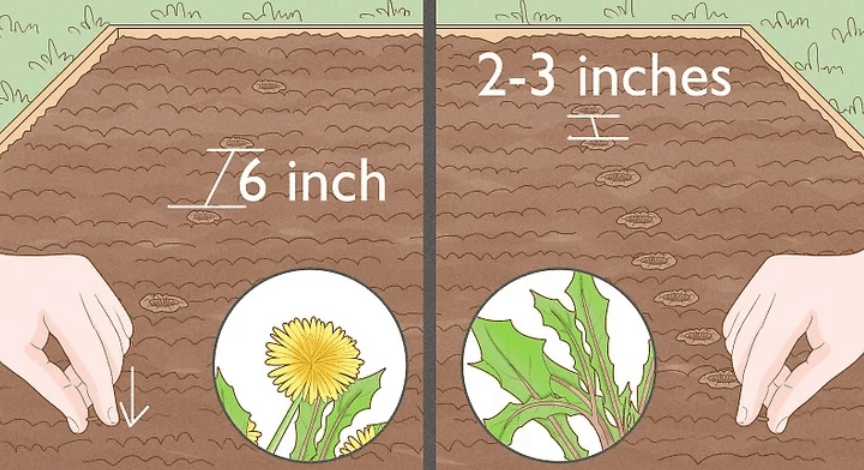
Timing and Climate
Planting dandelion seeds at the right time and in the right climate is crucial for successful growth. Dandelion seeds can be planted in early spring or early fall, as these are the best times for the seeds to germinate and grow into healthy plants. It is important to consider the climate in your area and the specific needs of dandelion plants. Dandelions prefer cool, moist conditions, so planting in the spring or fall when the temperatures are moderate and there is adequate moisture in the soil is ideal. Additionally, dandelion seeds should be planted in full sun or partial shade, as they require sunlight for optimal growth. By planting your dandelion seeds at the right time and in the right climate, you can ensure that they have the best chance of thriving and producing a bountiful harvest of dandelion greens or flowers.
Planting Techniques
There are a few planting techniques to consider when planting dandelion seeds. First, it’s important to loosen the soil to a depth of at least 6-8 inches to provide ample space for the dandelion roots to grow and spread. Once the soil is prepared, you can plant your dandelion seeds at a depth of about ¼ inch and water them gently. With proper soil preparation, you can create an ideal growing environment for your dandelion plants and support their healthy development. Timing and climate are also crucial factors to consider when planting dandelion seeds. Dandelion seeds can be planted in early spring or early fall, as these are the best times for the seeds to germinate and grow into healthy plants. It’s important to consider the climate in your area and the specific needs of dandelion plants, as they prefer cool, moist conditions and require sunlight for optimal growth. By planting your dandelion seeds at the right time and in the right climate, you can ensure that they have the best chance of thriving and producing a bountiful harvest of dandelion greens or flowers.
Caring for Dandelion Plants
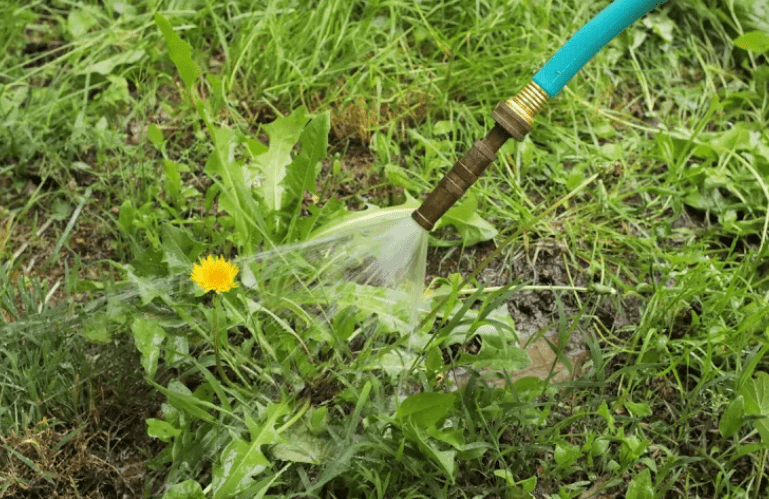
Watering
is an important aspect of caring for dandelion plants. Dandelions require regular watering to keep the soil consistently moist but not waterlogged. It’s best to water them deeply, allowing the water to reach the roots, rather than shallow, frequent watering. This will help the roots grow deeper and make the plant more drought-resistant. Be sure to water the dandelion plants in the morning to allow the foliage to dry before evening, as wet foliage during the night can lead to disease. By following these planting and caring techniques, you can ensure that your dandelion plants thrive and produce a healthy harvest of greens or flowers.
Fertilization
is an important aspect of caring for dandelion plants. Dandelions are heavy feeders and require nutrient-rich soil to thrive. You can fertilize your dandelion plants with a balanced fertilizer, such as a 10-10-10 or 20-20-20 mix, to provide them with the essential nutrients they need for healthy growth. It’s best to fertilize your dandelion plants in the early spring when they are just starting to grow and again in the late summer to encourage continued growth and blooming. Be sure to follow the instructions on the fertilizer package and avoid over-fertilizing, as this can lead to excessive vegetative growth and reduced blooming. With proper fertilization, you can ensure that your dandelion plants have the nutrients they need to thrive and produce a bountiful harvest of greens or flowers.
Light and Temperature Requirements
Dandelion plants require full sunlight to thrive, so it’s important to plant them in a location that receives at least 6-8 hours of sunlight each day. They also prefer cooler temperatures, so planting them in the early spring or late fall is ideal. During the hot summer months, be sure to water your dandelion plants regularly to keep the soil moist and protect them from the heat. With the right light and temperature conditions, your dandelion plants will be able to grow and flourish.
Weed and Pest Management
When it comes to weed and pest management for your dandelion plants, there are a few things you can do to keep them healthy and thriving. One method is to manually remove any weeds that may be competing with your dandelion plants for nutrients and sunlight. You can also use organic mulch to help suppress weed growth and retain moisture in the soil. Additionally, you can use a natural herbicide to control any persistent weeds that may be affecting your dandelion plants.
In terms of pest management, dandelion plants are generally resistant to most pests. However, you may encounter some insect pests such as aphids or caterpillars. You can use natural predators such as ladybugs or lacewings to help control these pests, or you can use a mild insecticidal soap to keep them at bay.
By implementing these weed and pest management strategies, you can ensure that your dandelion plants remain healthy and free from competition and damage. This will allow them to thrive and continue to provide you with nutritious greens or beautiful flowers.
Harvesting Dandelions
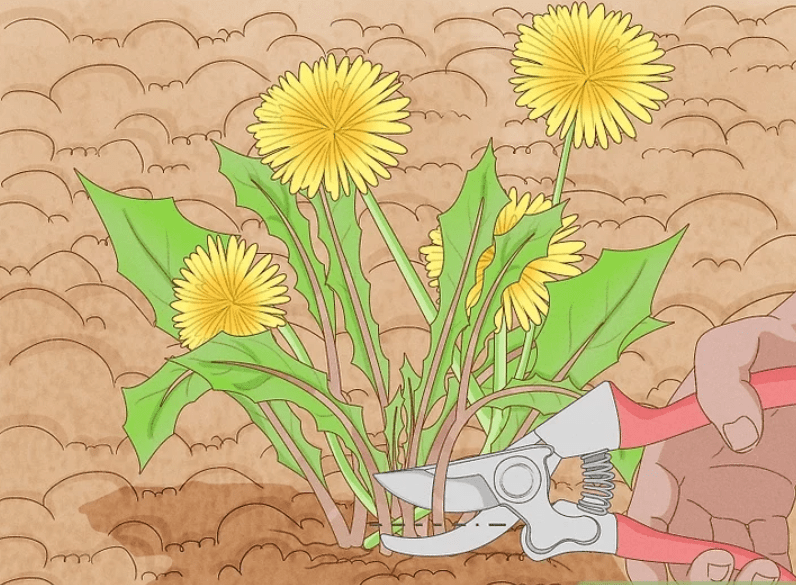
is a great way to take advantage of this versatile and nutritious plant. When it comes to harvesting dandelions, there are a few things to keep in mind. First, make sure to harvest from areas that have not been treated with pesticides or other chemicals. You can harvest the leaves, flowers, and roots of dandelions, and they can be used in a variety of ways, from salads to teas to medicinal remedies. When harvesting the leaves, it’s best to pick them when they are young and tender, as they can become bitter as they mature. The flowers can be harvested and used to make dandelion wine or jelly, and the roots can be dried and roasted to make a coffee substitute or used in herbal remedies. Just be sure to properly wash and prepare the dandelion parts before consuming them. With a little care and attention, you can enjoy the benefits of harvesting dandelions in a safe and sustainable way.
Uses and Benefits of Dandelions
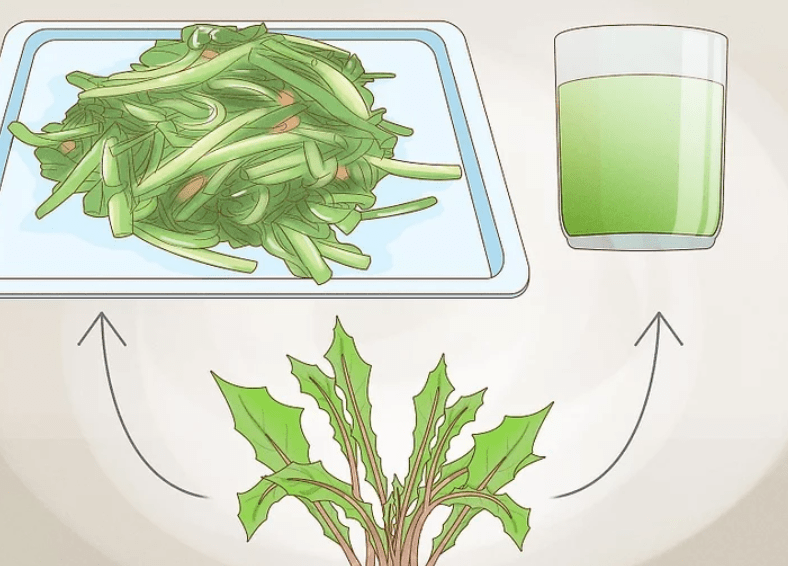
Dandelions have many uses and benefits. They can be harvested for their nutritious greens or beautiful flowers. When it comes to harvesting dandelions, it’s important to do so from areas that have not been treated with pesticides or other chemicals. The leaves, flowers, and roots of dandelions can be used in a variety of ways, from salads to teas to medicinal remedies. Young and tender leaves are best for harvesting, as they can become bitter as they mature. The flowers can be used to make dandelion wine or jelly, and the roots can be dried and roasted to make a coffee substitute or used in herbal remedies. It’s important to properly wash and prepare the dandelion parts before consuming them. With a little care and attention, you can enjoy the benefits of harvesting dandelions in a safe and sustainable way.
In conclusion, dandelion plant seeds have numerous benefits, including their ability to attract beneficial insects, improve soil health, and provide edible greens. When planting dandelion seeds, it’s important to choose a sunny location with well-drained soil and to space the seeds appropriately. Additionally, regular watering and maintenance will help ensure the success of your dandelion plants. With the right care and attention, you can enjoy the beauty and benefits of dandelion plants in your garden.
Frequently asked questions And Answer
Dandelion plant seeds have many benefits. They are high in vitamins and minerals, and can be used in salads, teas, and herbal remedies. They also attract pollinators to your garden.
Dandelion seeds can be planted directly in the ground or in a pot. Make sure the soil is well-drained and place the seeds about 1/4 inch deep. Water the seeds regularly and keep them in a sunny spot.
Dandelion plants are relatively low-maintenance. They need regular watering, but be careful not to overwater as they can rot. They also benefit from occasional fertilizing with a balanced fertilizer.
Yes, you can harvest dandelion seeds from mature plants for planting in the future. Wait for the seed heads to mature and turn fluffy, then collect the seeds and store them in a cool, dry place.
Dandelion plants can be considered invasive in some areas, as they spread easily and can be difficult to control. It’s important to monitor their growth and prevent them from taking over other plants in your garden.
Yes, dandelion seeds and other parts of the plant have been used for centuries in traditional medicine. They are believed to have diuretic, anti-inflammatory, and antioxidant properties.
Dandelion seeds typically germinate within 7-14 days if the conditions are right. Keep the soil consistently moist and warm to encourage germination.
Yes, dandelion plants can be grown in containers. Choose a large enough pot to accommodate the plant’s deep taproot, and make sure the container has good drainage. Keep the plant in a sunny location and water regularly.
